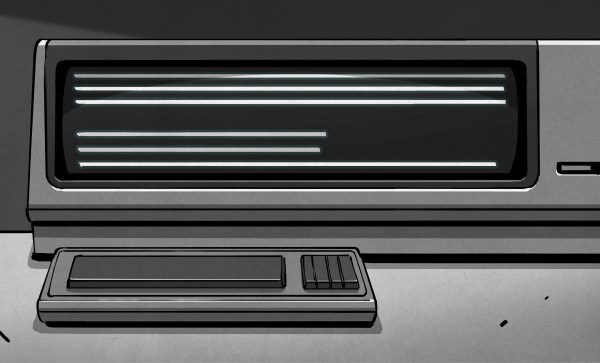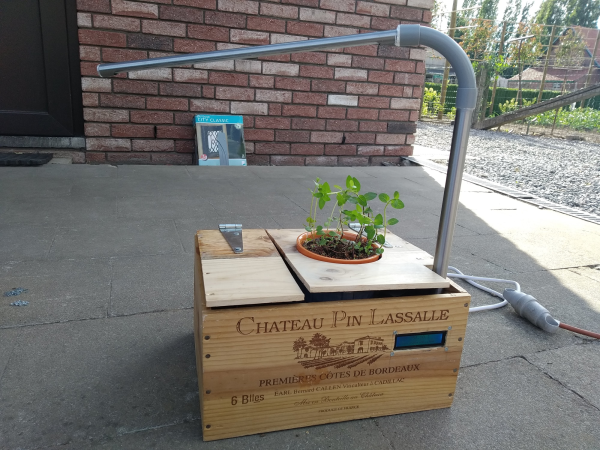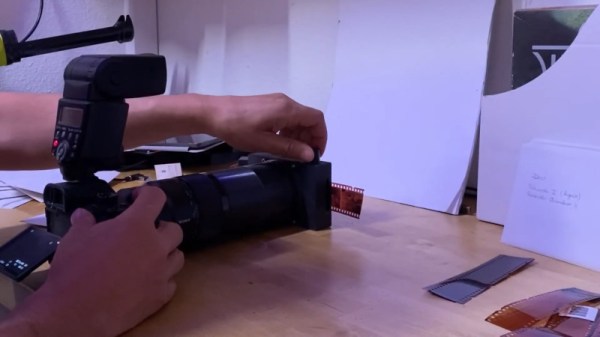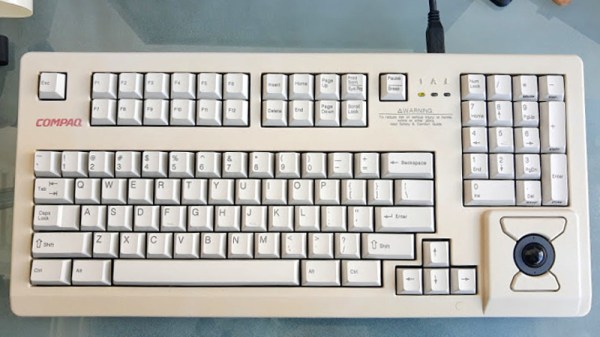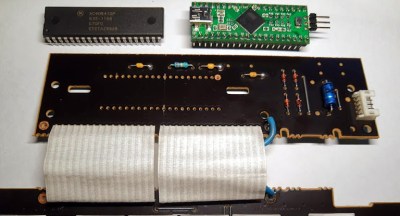Regular readers will know that here at Hackaday we have a penchant for poking fun at the more silly end of the audiophile world, with its dubious accessories and purple prose. It’s worth remembering though that this is not representative of the whole discipline of audio design, indeed the quest for perfect audio reproduction contains plenty of complex engineering problems.
We’re indebted to [macsimski] then for sending us a link to a page from Phaedrus Audio from a year or two ago, in which they discuss the history of an unusual pentode tube used as an impedance converter in a series of legendary post-war microphones. It’s unlikely that you’ll have a Neumann U47 or U48 broadcast microphone on your bench, but even so the story behind their design is one that should fascinate anyone.
It takes us back to the period immediately following the Second World War, when German electricity supplies were varied and unreliable, and radio receivers designed for them required new tubes from the manufacturers. Among these was the VF14, with an unusual high-voltage heater designed such that two of them could be connected in series across the supply. This and its compact shape prompted its selection for the professional microphones, even though its performance was so poor that only a third of the production passed the performance test.
Since it passed out of production in the early 1950s the remaining components are extremely rare, and the majority of those surviving do not meet the performance characteristics of the microphone. The Phaedrus write-up goes into significant technical detail which should be of note to anyone with an interest in tubes, and ends up with their reason for it all, a plug-in hardware simulation of the original tube’s properties. Vintage capacitor microphones may be out of the ordinary for Hackaday, but it’s still a good read.
For a bit more on capacitor microphones it’s worth a look at our dive into electrets.
Header image: JacoTen / CC BY-SA 3.0


